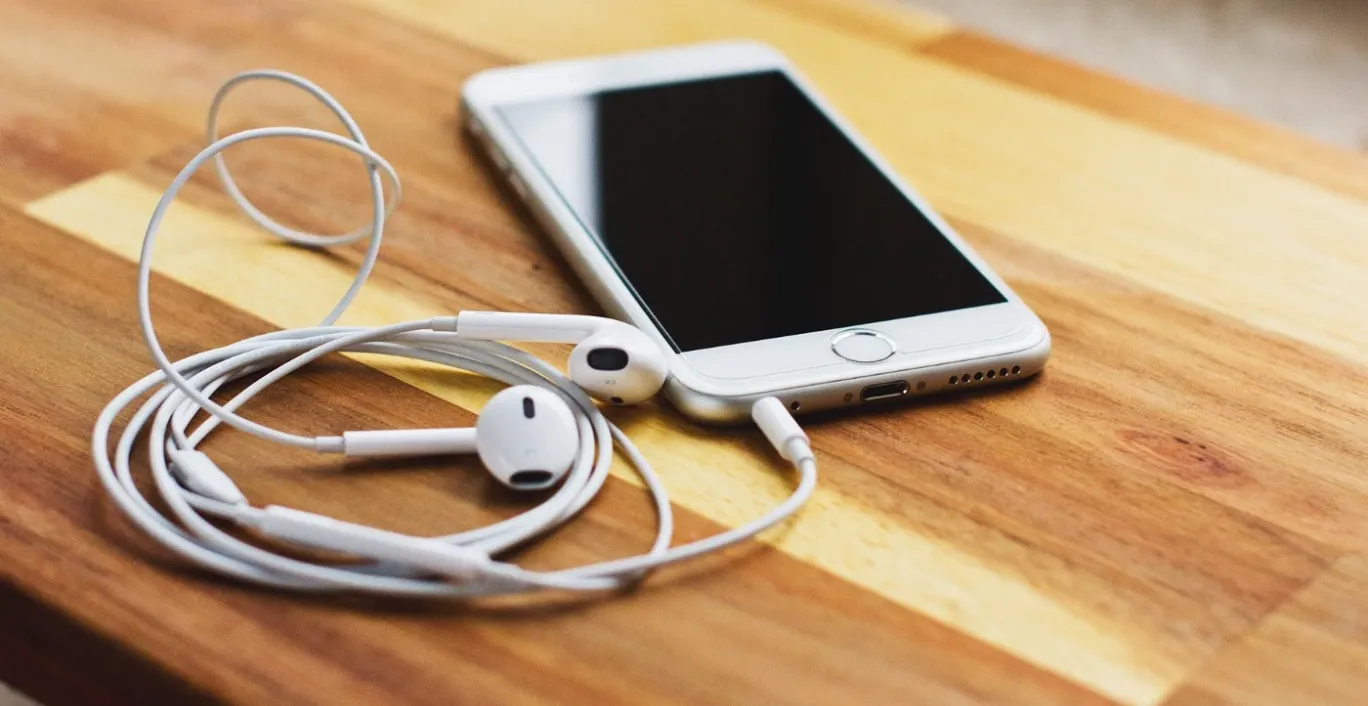In this third article in the series of four, we discuss approaching respondents. What do you do with the data obtained from the registration form and how do you ensure proper confirmation? You can read it in the series 'Recruiting respondents for a qualitative user survey'. Herewith part 3 of 4: contacting the registrant.
Part 3 contacting the respondent: Read Part 2 too if you missed it.
1. The input from the application form
If you use Google Forms and have linked it to a Google Spreadsheet, the following data will be stored in the spreadsheet.
Name
Preferred day (if applicable)
Preferred time
Telephone number
E-mail address
Are you using another solution? Then you will have to copy this data into a spreadsheet yourself.
After notifications are submitted, they should be scheduled at a specific time. To know the status of a notification, it is advisable to add the following fields to the spreadsheet:
Bel- of mailstatus:
Pending call
Does not answer (attempt 1)
Does not answer (attempt 2)
Called and scheduled
Emailed, not yet scheduled
Emailed and scheduled
Emailed, no response received
Scheduled on:
<the final (date and) time>
Optional fields:
Any free moments
Remark(s)
See an example of inputs from the application form in a spreadsheet with added fields
2. Calling the notifier
Always coordinate a notification by calling the notifier. This is because calling is faster, especially when it comes to fine-tuning things. Besides, this is more personal than an e-mail and people feel connected more quickly.
Make your own suggestion for a specific time when you call a registrant. Can't make it at that time? Then offer an alternative or thank them (e.g. if all other times are already taken).
Make a maximum of two attempts to call the caller. If you do not get the caller on the 1st attempt, make a 2nd attempt at a later time. If you don't get the person on the line at the 2nd attempt either, send an e-mail.
Tips and recommendations:
Calling is always faster. Especially when it comes to fine-tuning things. Therefore, always try to call first, before sending an e-mail.
If you don't get an answer on the 1st call attempt, it is advisable to make the 2nd attempt a day or day later.
Someone may not pick up because they don't recognise the number (if you are not already calling anonymously). Among other things, this can cause distrust or you get a lower level of importance. Therefore, if you have called a mobile number, send an SMS after the 1st attempt containing
1. The correct salutation, so that the person is sure the message is meant for him/her
2. That you tried to call but could not get hold of the person
3. The reason and reason you called
4. That you will call the person back later in the day or the next day
5. That the person may also call back themselves at a convenient time (do include phone number)
6. Conclude by stating first name, surname and company name.If you do not get an answer even after the 2nd call attempt, it is advisable to send an e-mail. In this e-mail, ask if the person still wants to participate and, if so, let them know before a specific date and/or time.
See an example of a bell script or of a ample email in case of no response.
3. A confirmation e-mail
When agreeing on a (date and) time for the survey is successful with a registrant, send him/her a confirmation e-mail. From this moment on, he/she is a respondent.
Information that is practical to share with respondents is as follows:
Research date and time of attendance: the date the survey will take place and the time the respondent is expected.
Optional: by whom the survey will be conducted. Will the survey be conducted by an external company? Please indicate which company this is so that there are no surprises for the respondent.
The address of the survey location. Include things like street name + house number, postcode + city, whether it is a business premises, whether one has to report in and who the appointment is with or who can be asked for.
Route description. Consider parking and whether this place needs instructions. If one needs to park in a car park, indicate approximately how long it is to walk to the venue
How can the venue be reached by public transport. Which stop(s) are close by?"
Duration of the survey: the maximum amount of time the respondent will spend in the session.
Contact details: the phone number to contact if there is anything, for example, a cancellation or an impediment.
See an example of a confirmation email.
Tip:
Always ask respondents to be present x-number of minutes in advance to reduce the chances of running out.
In this third article in the series 'recruiting respondents for a qualitative user survey', you were able to read how to process the input from the registration form and how to provide the registrant with a confirmation.
In the fourth and final article in the series, we will look at the final reminder, the final day plan and what to do after the examination.
Instantly see all the steps for recruiting respondents for a qualitative user survey? View or download the whitepaper from Concept7.
Meld je aan voor onze nieuwsbrief en ontvang maandelijks praktische inzichten, tips en tricks om je op weg te helpen naar online groei!
Vul hieronder jouw e-mail in en ontvang direct een handig weetje 🙂
